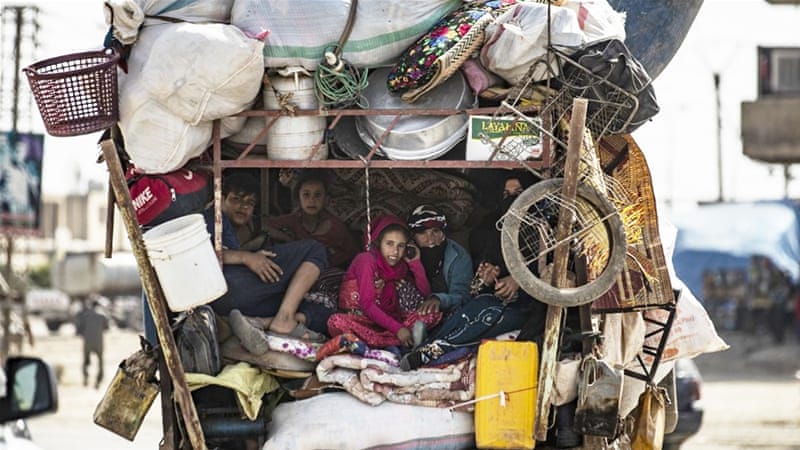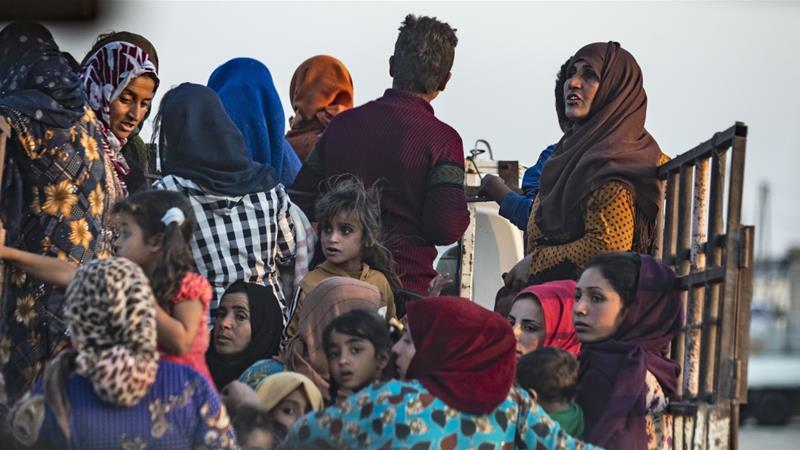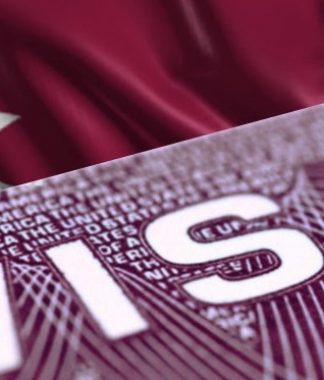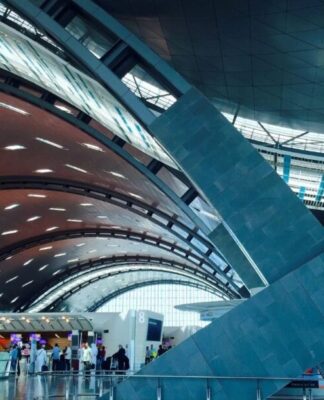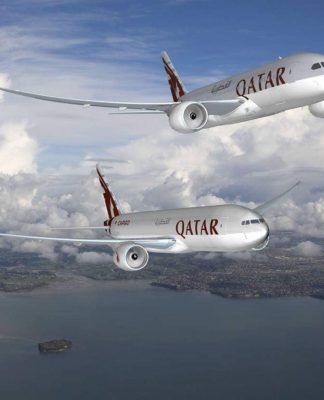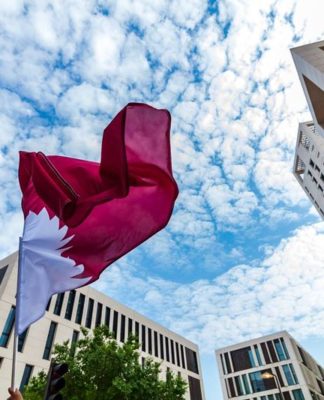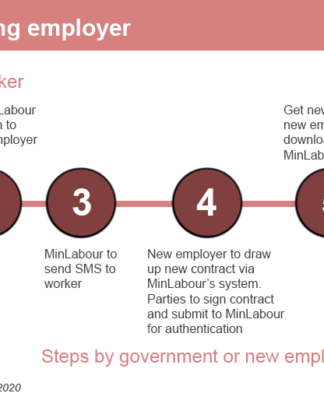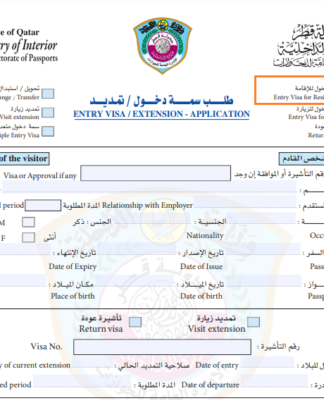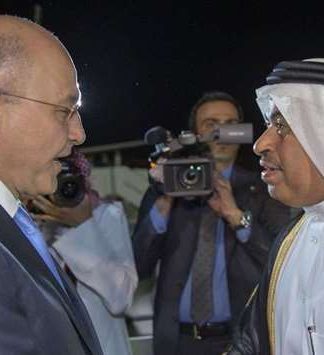Tens of thousands have fled border region as Turkey’s military pushes into Kurdish-held areas in northeastern Syria.
Akcakale, Turkey-Syria border – As fighting raged in Ras al-Ain on Saturday, with Turkey‘s military claiming to be in control of the key Syrian border town, civilians continued to flee the violence.
Ahmed Naso, who fled his home in Ras al-Ain when Turkey launched its offensive on Wednesday, said airstrikes that day “came out of nowhere” and that people “immediately began evacuating from nearby towns and villages.
“We don’t want war, we just want to live in peace,” he told Al Jazeera. “We’ve seen war before and we were forced to flee bombardment before.”
Along with his wife and three children, the 56-year-old said he is staying with relatives in Hassakeh’s Salhiyeh neighbourhood, some 40km from Ras al-Ain, and is unsure if they will return to their home.
Tens of thousands flee
The United Nations has said that 100,000 civilians have been displaced since Wednesday. Most were forced to flee from the border towns of Ras al-Ain and Tel Abyad, which have borne the brunt of Turkey’s aerial and ground offensive, as well as from a sting of rural villages between them. Some 70,000 of those who have fled their homes so far escaped towards Hassakeh and its eastern districts.
Ankara says its offensive is aimed at removing Kurdish-led fighters from areas close to its border. It also says that it wants to establish a so-called “safe zone” on the Syrian side of the border where some of the millions of refugees residing in Turkey can be resettled.
The Turkish-led operation against the Syrian Democratic Forces (SDF), a coalition of rebles led by the Kurdish People’s Protection Units (YPG), was launched soon after the US announced it was withdrawing its troops from the northeastern region.
The SDF, which spearheaded the US-led campaign against ISIL, described Washington’s withdrawal announcement as a “stab in the back” but promised to “defend our land at all costs”.
Ankara considers the YPG as an extension of the outlawed Kurdistan Workers’ Party (PKK). The European Union and the United States, which both consider the PKK a “terrorist” organisation, have urged Turkey to exercise restraint, but Turkish President Recep Tayyip Erdogan has vowed not to back down from the ongoing operation.
‘Verge of disaster’
Some of those who have fled to Hassakeh fear that the town, which was already home to 140,000 internally displaced people (IDP), might not be able to accommodate the latest influx of civilians.
“Erdogan has been talking about this region for years, we didn’t expect him to act so suddenly,” Suwar al-Issa, who fled with his wife and son from Ras al-Ain, said.
“Thousands of families left and the area is on the verge of a humanitarian disaster,” the 26-year-old told Al Jazeera by phone from al-Aziziya district in Hassakeh.
“If this situation continues, thousands more will trickle in, but Hassakeh can only take so much,” he said.
There are nearly five million people in the northeast region, including hundreds of thousands of internally displaced Syrians who fled government-led offensives in other parts of the war-torn country, according to local officials.
The population consists of Arabs, Kurds, Turkmens, as well as Syriac Christians – many of whom have been quick to offer a helping hand to those fleeing the border areas.
Mamosta Fawaz, a teacher in Tal Tamr, east of Hassakeh, told Al Jazeera that civilians made their way to the village that lies nearly 40 kilometres from Ras al-Ain “from the first day of the operation”.
He said neighbourhoods quickly became overcrowded with some 200 families who were unsure if they should stay, or continue their journey southwards.
“I broke the locks on the door of one of the local schools where I teach, and began letting families in,” Fawaz told Al Jazeera.
“Soon after, people in the village’s neighbourhood began opening their doors to the families who fled bombardment,” he said.
Seeking refuge in Tal Tamr
More than 11,000 have arrived to the town of Tal Tamr, according to the latest figures collected by humanitarian actors in the area.
At least two schools in the area have been filled since Wednesday, as well as tens of homes. However, it is still not enough, Fawaz noted
“They’re anxious, they fear that the shelling will follow them to these areas as well,” he said, adding that there were not enough food supplies to cover everyone in the area.
It has been especially difficult to accommodate their needs since the fighting impacted a water station servicing Hassakeh, putting it out of service.
International NGOs and other aid organisations have meanwhile had limited access to the majority of the affected IDP areas, according to activists in the town of Qamishli.
One NGO on the ground has said people are continuing to arrive in Hassakeh, especially its outskirts.
“The situation here is quite tense … There are a lot of people coming in,” Verena Lauble from Cadus, an independent aid organisation, told Al Jazeera.
“The local communities are helping prepare the schools – they are preparing blankets and non-food items,” Lauble said.
“They’re also trying to set up kitchens, deliver water and food, to support the incoming people,” she said, adding that hospitals were also preparing for casualties.
SOURCE: aljazeera.com














